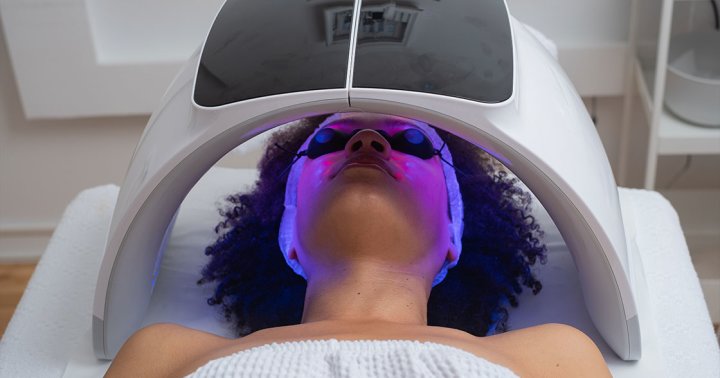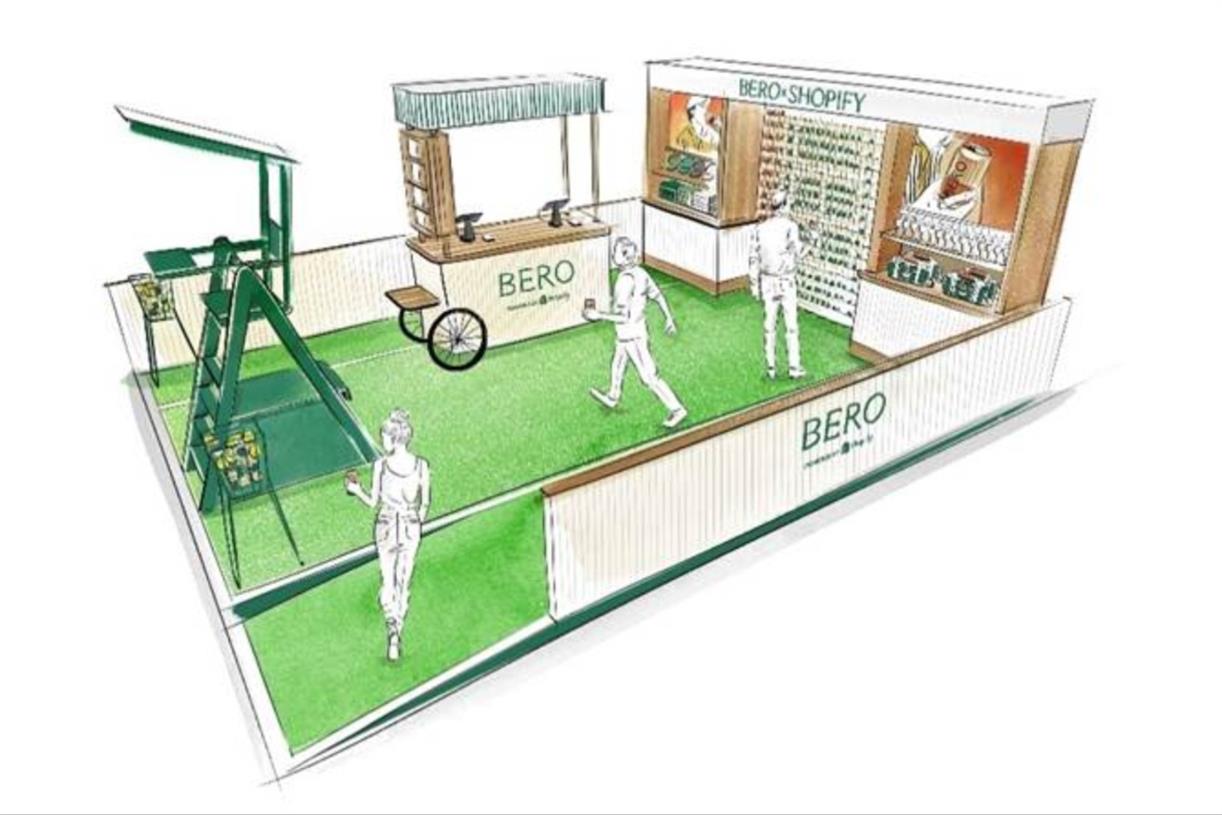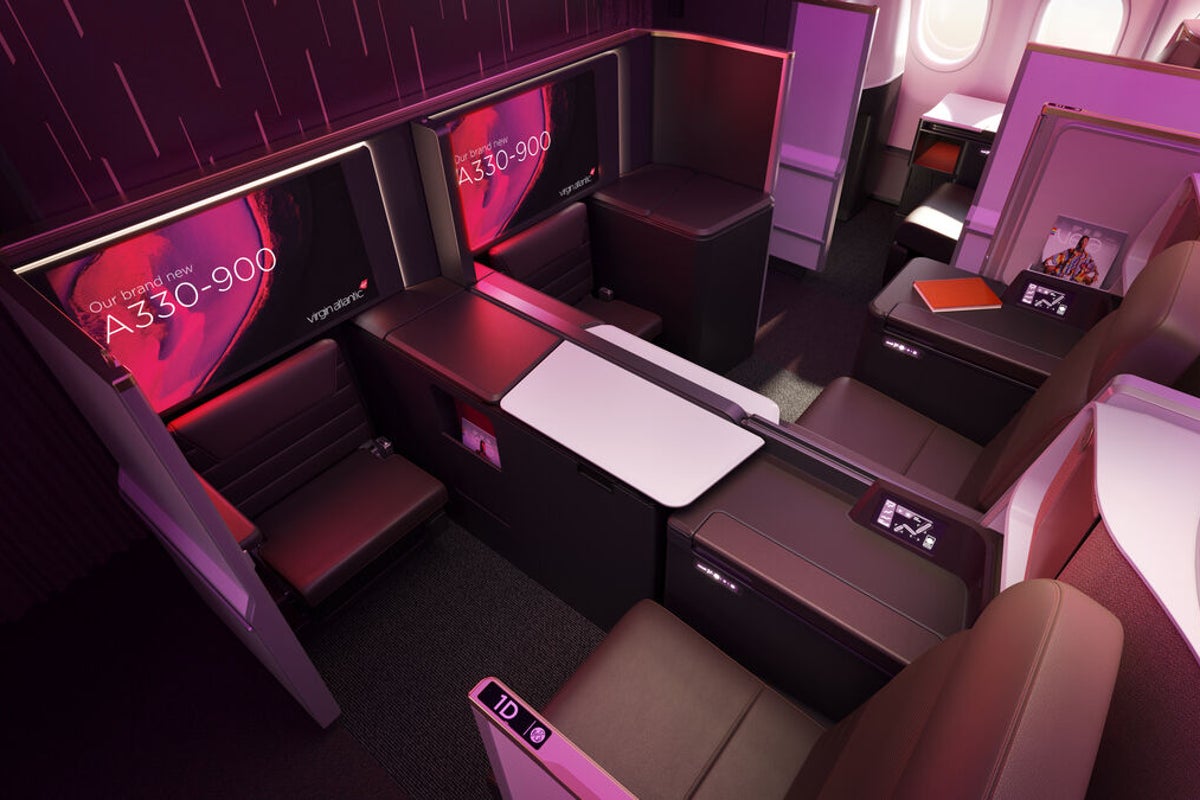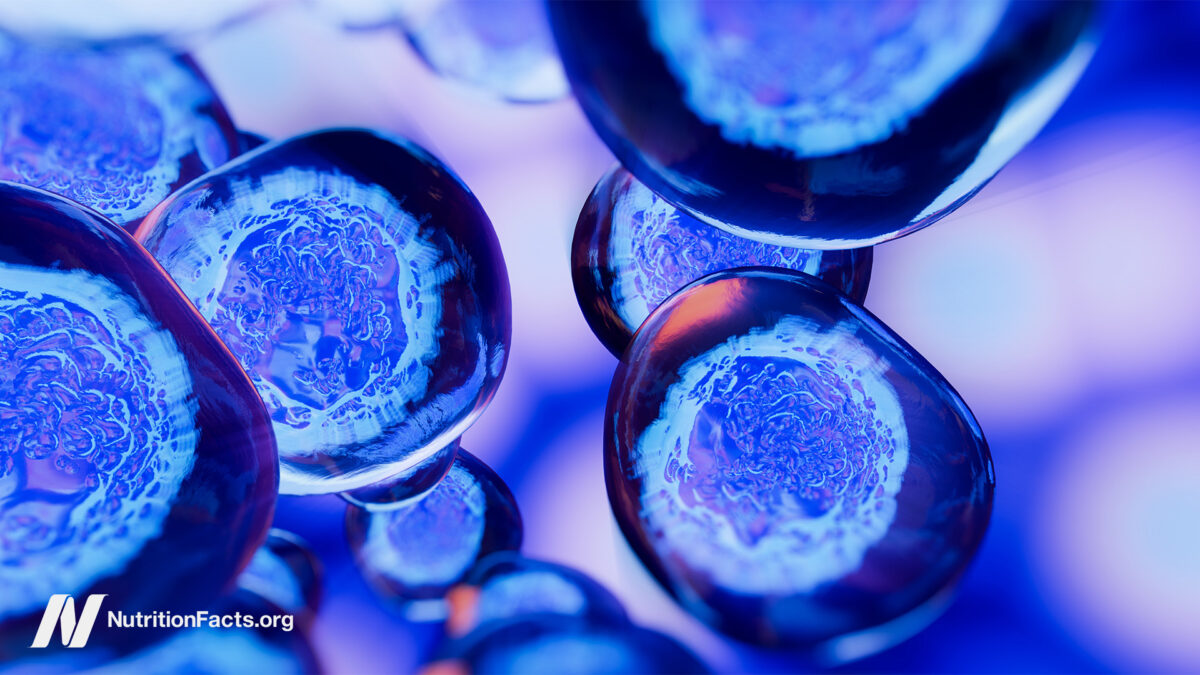Beauty Fans Are Loving This Facial To Restore Collagen & Fade Age Spots
Estheticians swear by it, too.

If there’s a golden rule in skin care, it’s to mind your sun exposure. It’s no joke that 80% of the signs of skin aging are due to UV damage—so when you see people placing those trendy, light-up masks on their face, you might raise a brow. Sounds like a recipe for sagging skin, no?
Actually, what you’re seeing is LED light technology, and LED lights do not contain any UV rays. In fact, many estheticians incorporate these hi-tech devices into facials to help smooth fine lines, fade hyperpigmentation, and even combat acne. How so, you ask? Here, we tapped the experts for everything you need to know about LED light therapy facials, whether you opt for a professional or at-home treatment.
What is an LED light therapy facial?
Many types of facials will also include a few minutes of LED light therapy, as the technology works in tandem with other treatments and can even enhance certain results. For example, "All of my facials end with 20 minutes under a professional LightStim LED face panel," celebrity esthetician Shani Darden once shared with mbg. However, you can opt for a specific LED light therapy facial—here, you’ll likely spend much more time under those lights.
And according to master esthetician Sarah Akram, a professional might incorporate LED light therapy at any point during a facial; typically, though, they’ll use it after cleansing and exfoliating the skin, so the LED can penetrate deeper into the dermis. After the treatment, they’ll finish up with serums and moisturizer.
How, exactly, LED light therapy benefits the skin is still not fully understood (we have a full explainer here, if you’d like to dive more into the research), but experts have seen great success for a wide range of skin concerns, such as acne, sun damage, hyperpigmentation, and wrinkles. “A brighter and more radiant complexion is achieved just after one session. But completing multiple sessions will yield greater results over time,” notes Akram.
Additionally, different colored lights may have different targeted benefits. The most common hues you’ll see are red, blue, green, and yellow (or amber), and they represent different wavelengths that enter the skin at different depths—which means they can help treat different skin concerns:
Great news! Any skin type can benefit from an LED facial, considering there are a number of ways to target various concerns. You might want to select a color based on your specific skin care goals (i.e., aging skin might want to go with red; acne-prone skin might want to opt for blue), but even if you’re just looking for enhanced skin quality and extra brightness, it’s a worthy addition to any facial. If you’re pregnant, experts just recommend speaking with your doctor before jumping right into the treatment.
There’s also zero downtime involved (unlike with, say, microneedling), so you can happily resume whatever activities you have on your roster. Just remember to prioritize proper sun care post-treatment—like with any facial, it’s important to keep your freshly cleansed, delicate skin protected from harsh UV rays. On a similar note: “I would advise to refrain from any aggressive exfoliant products or sun exposure prior to LED light therapy skin treatment,” says esthetician Aneta Zuraw, co-founder of Atelier Beauté.
Professional vs. at-home treatments.
OK, so we’re talking about professional LED light therapy treatments here, but we can’t ignore the onslaught of at-home, hi-tech gadgets that promise to deliver the same, glowing benefits. Do these carry any weight?
“Just like any other professional versus at-home device, a professional LED therapy service has a stronger wavelength of light and has more LED coverage, meaning it is able to target your entire face, neck, and chest,” says Akram. “At-home LED devices are great for use in between services, but you can only treat certain areas at a time, depending on the device.”
And as Akram mentioned, the wavelength is typically much stronger on a professional tool—that’s why you’ll likely wear a pair of very chic eye goggles to protect your orbs. Rzaca agrees: “[With at-home devices] the light source may not reach the appropriate wavelength, which is crucial in LED light therapy treatment to be as effective.”
Technically, you can find a high-quality handheld tool, but it’s important to do your research. We especially love the DRx SpectraLite™ FaceWare Pro from Dr. Dennis Gross, and Akram recommends the POLY Go, which has both a red and blue light option. As you can probably tell, these tools can get pretty expensive, so you might want to opt for a professional treatment first and make sure you love the results before you splurge.
If you do use an at-home device, make sure to follow the instructions very carefully: Generally, Zuraw advises placing the device panel within one inch of the face, but certain manufacturers may have different protocols. “All programs, distance, and time vary per skin condition and device used,” she says.
LED light therapy is a common addition to many types of facial services, since the technology works quite well alongside a host of treatments. Depending on the color and wavelength, the benefits abound—think improved skin texture, less fine lines, and bright, rejuvenated skin. Not to mention, LED technology may have full-body benefits as well—but you can read all about that here.

 Troov
Troov 
































